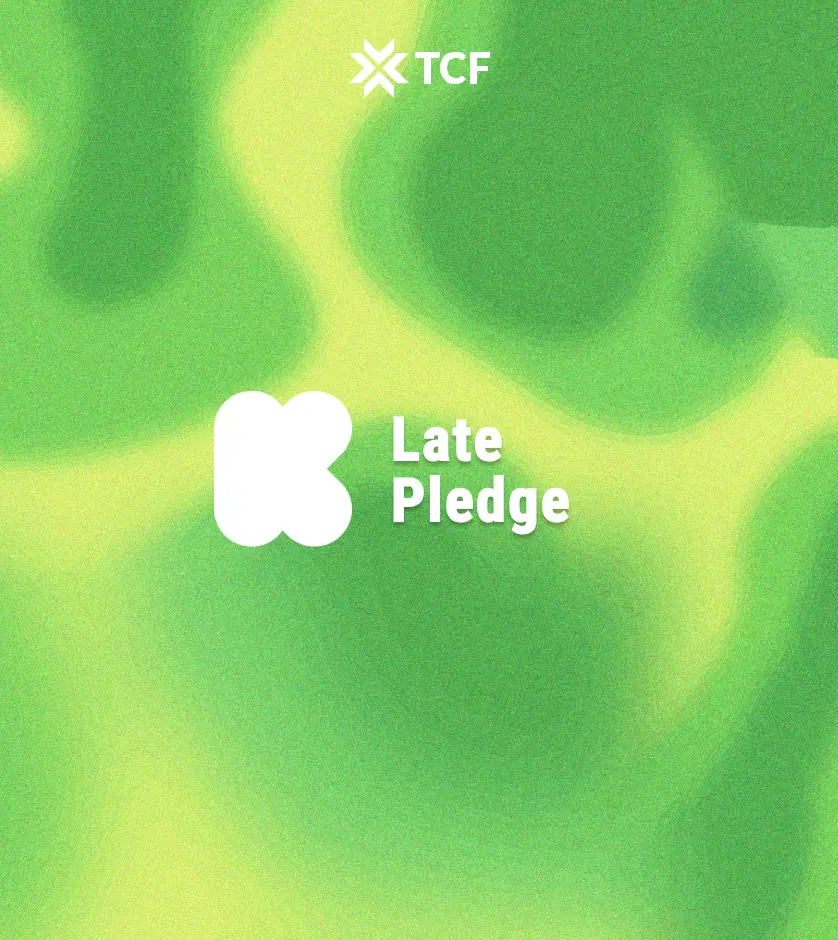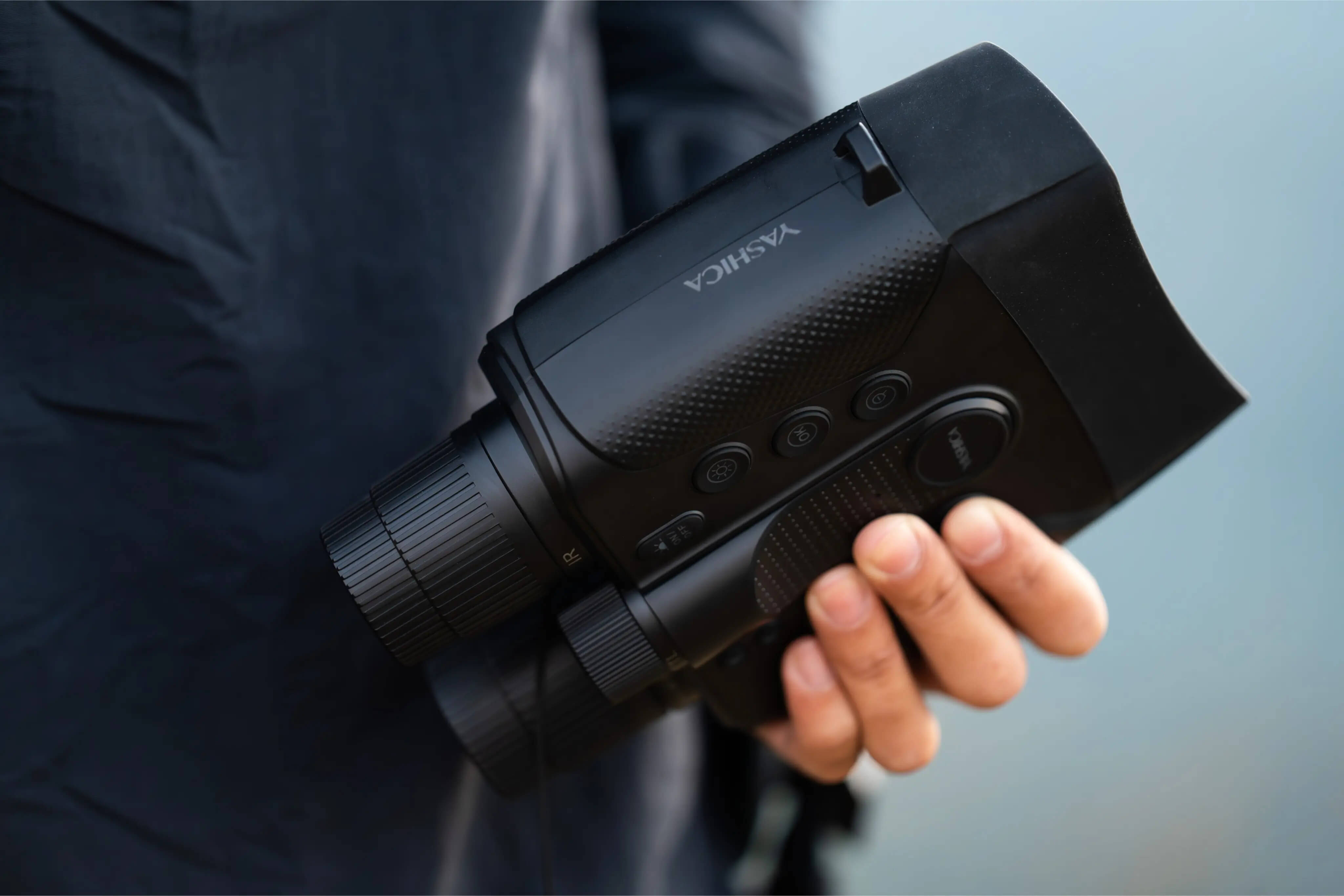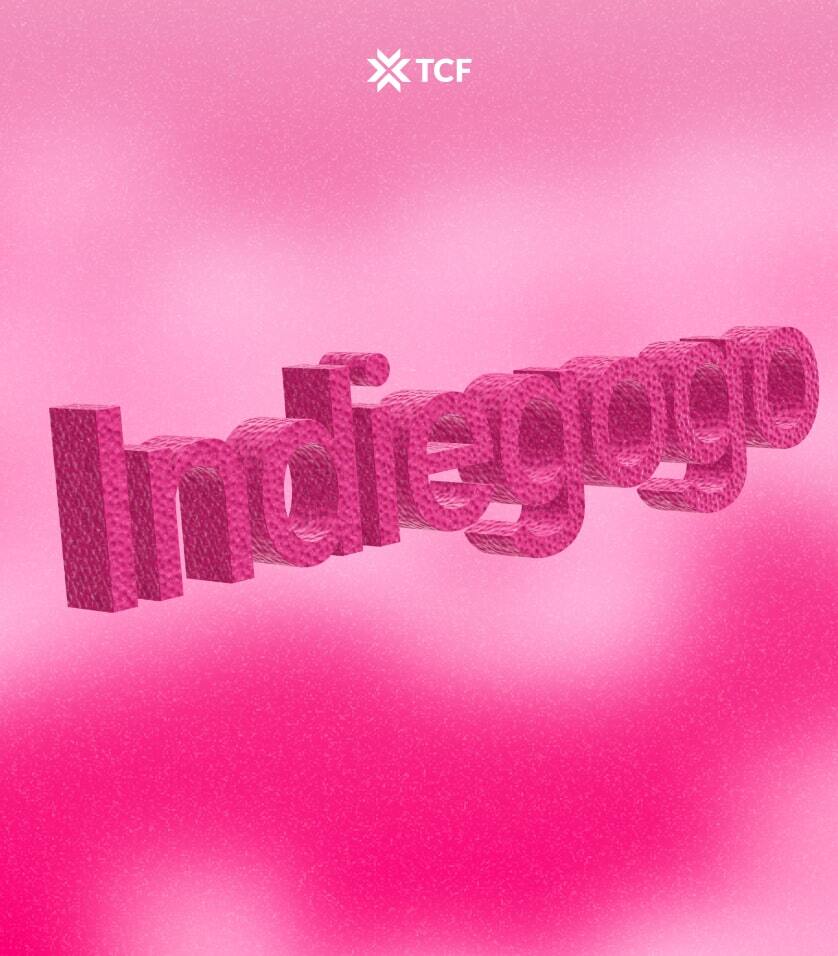If you’ve ever run a Kickstarter campaign, you know the feeling—your campaign ends, the pledges roll in, and then… a wave of latecomers floods your inbox asking, “Can I still back this?”
Good news: Now they can.
Kickstarter’s Late Pledge feature gives creators a built-in way to keep pledges open even after the campaign ends—no need to redirect people to a separate platform or scramble for last-minute solutions. Initially a beta feature, Late Pledge is now available to all creators as long as it’s activated before the campaign closes.
In this guide, we’ll break down exactly how to use Kickstarter Late Pledge to keep the momentum going, bring in extra funding, and make the most of your post-campaign window.
Let’s dive in.
What is Kickstarter Late Pledge?
Kickstarter Late Pledge is a feature that allows creators to keep their campaign pledges open for a set period after the project’s official end date. This extended window lets backers who missed the original deadline still pledge and receive rewards.
Initially launched as a beta feature requiring manual opt-in through Kickstarter support, Late Pledge is now available to all creators. As of February 2025, any Kickstarter creator can enable Late Pledges during campaign setup via the “Basics” tab in their project editor. However, this must be activated while the project is still in draft or live—once the campaign ends, Late Pledge cannot be enabled retroactively.
Pros and Cons of Kickstarter Late Pledge
Pros:
- Expanding your funding cycle can potentially bring in more revenue, offering additional financial resources for your project.
- Allows you to make specific rewards available after the campaign has ended.
- Offer rewards for the same amount or more post-campaign.
- Boosts morale among the team and stakeholders by maintaining a continuing presence of backers who show their support.
Cons:
- May slightly complicate the logistics of reward fulfillment, requiring more detailed planning and possibly additional resources to manage.
- Once the end date has passed, the option to re-enable this feature is not available, thus requiring careful and strategic planning to maximize its benefits.
4 Easy Steps to Create a Kickstarter Late Pledge Campaign
Implementing Late Pledge sounds complex, but it’s quite straightforward. Here are the steps you need to follow.
Step 1: Enable Late Pledges Before Your Campaign Ends
To activate Late Pledge, you’ll need to turn it on before your campaign ends. Here’s how:
- Go to your project editor while your campaign is still in draft or live.
- Navigate to the “Basics” tab.
- Find the Late Pledge toggle and switch it on.
- Set your Late Pledge duration—this determines how long backers can continue pledging after the campaign ends.
And that’s it! Once enabled, your Kickstarter page will continue accepting pledges for the selected period after your campaign wraps up, making it easier for latecomers to back your project.
Don’t wait until the last minute to enable Late Pledge! Make sure it’s activated before your campaign closes, or you’ll miss out on this extra funding opportunity.
Unlock
the Full Potential of Your Kickstarter Campaign
Step 2: Configure Late Pledge Rewards
Not all rewards automatically carry over to the Late Pledge phase—you’ll need to set them up properly to avoid missing out on potential pledges. Here’s how:
- Go to the “Rewards” section of your project editor before your campaign ends.
- Select which reward tiers will be available during the Late Pledge phase.
- Adjust pricing if needed. Raise Late Pledge prices by at least 10% to cover potential extra costs, such as extended fulfillment timelines, added logistics, or platform fees. Late backers expect to pay a little more, so use this as an opportunity to reinforce the value of your product.
- Make sure all reward details (shipping, estimated delivery dates, etc.) are accurate for Late Pledge backers.
Step 3: Manage Add-Ons and Launch Overdraft Rewards
Do you have products or bonus items that weren’t originally available in your campaign but could entice late backers? Include them in your Late Pledge offerings for an extra edge.
Step 4: Keep Backers Posted
Utilize Kickstarter’s communication tools to keep your backers in the loop, even during the Late Pledge phase. Regular updates can sustain enthusiasm and further commitments.
Integrating Late Pledges with Pledge Management Tools
If you’re using a pledge manager like PledgeBox, BackerKit, or CrowdOx, Late Pledges will seamlessly integrate into your existing workflow, making it easier to manage post-campaign funding.
How it Works:
- Automatic Import: Late Pledge orders sync directly into your pledge manager, just like regular Kickstarter pledges.
- Smooth Fulfillment: Since Late Pledge backers go through the same system, there’s no need for separate order tracking.
Set up your pledge manager before your campaign ends too to avoid delays in processing Late Pledge orders. This way, everything flows smoothly once your campaign wraps up.
Best Practices for Maximizing Late Pledge Success
Late Pledge isn’t just a safety net for late backers—it’s a strategic extension of your campaign that can bring in significant extra funding. Here’s how to make the most of it:
1. Offer Exclusive Late Pledge Rewards
Give late backers a compelling reason to pledge by offering something unique—whether it’s a limited-edition variant, an exclusive add-on, or a special bundle that wasn’t available during the main campaign.
Example: You can introduce a deluxe version of their product exclusively for Late Pledge backers, making the extended phase feel like a VIP opportunity.
2. Use Late Pledge to Test Product Variations
If you have new features, accessories, or variations in mind, Late Pledge is the perfect time to test demand before full production. Consider offering add-ons that let backers customize their pledge.
Example: You can add a new color option for Late Pledge, and the unexpected demand helped justify mass production.
3. Keep Backers Engaged with Updates & Community Building
Your main campaign may be over, but your backer community is still growing. Keep momentum alive by:
- Posting Kickstarter updates with exclusive behind-the-scenes content
- Engaging in the comments section to answer questions and build anticipation
- Encouraging social sharing to bring in even more Late Pledge backers
Example: You can run a community-driven poll to let Late Pledge backers vote on a bonus stretch goal—keeping them excited and invested.
4. Promote Late Pledge Through Your Ads & Marketing Channels
You’ve already invested in marketing your Kickstarter campaign—don’t let that traffic go to waste.
- Retarget Kickstarter visitors with ads that highlight the Late Pledge phase.
- Use your email list to remind subscribers that there’s still time to pledge.
- Collaborate with influencers to announce a final chance to back your project.
5. Optimize Your Pledge Manager for Upsells
Late Pledge isn’t just about bringing in new backers—it’s also an opportunity to increase the average pledge amount.
- Use your pledge manager (BackerKit, PledgeBox, etc.) to offer upgrades, add-ons, or premium tiers.
- Highlight exclusive bonuses that are only available during Late Pledge.
Example: You can bundle premium accessories as Late Pledge exclusives, leading to a boost in average pledge value.
Our Million-Dollar Crowdfunding Campaigns
Kickstarter Late Pledge vs Indiegogo Indemand
Both Kickstarter Late Pledge and Indiegogo InDemand allow creators to continue raising funds after their campaign ends, but they serve different purposes and have distinct advantages. Understanding these differences can help you choose the right approach for your project.
Indiegogo InDemand:
Indiegogo InDemand has been the go-to post-campaign solution for Kickstarter creators for years. It’s designed for campaigns that have already hit their funding goal and want to continue raising money without a set deadline.
Key Benefits:
- No Time Limits – You can stay on Indiegogo InDemand indefinitely, as long as you keep fulfilling orders.
- New Audience Exposure – Your campaign can reach Indiegogo’s user base, which may differ from Kickstarter’s.
- Marketing & Promotion Tools – Paid placement in Indiegogo’s newsletter and promotional opportunities (available for an additional fee).
- Secret Perks & Private Offers – Allows you to offer exclusive perks to specific audiences (e.g., influencers, VIP customers).
- Reactivation Anytime – If you opt out, you can return to InDemand later, provided your campaign meets Indiegogo’s criteria.
However, moving from Kickstarter to Indiegogo means redirecting your backers to a new platform, which can create a break in continuity—especially if you’ve built strong engagement on Kickstarter.
Kickstarter Late Pledge
Kickstarter Late Pledge, on the other hand, is an integrated feature that allows you to keep collecting pledges within Kickstarter’s ecosystem for a limited period after your campaign ends.
Key Benefits:
- Pledges Stay on Kickstarter – No need to redirect backers to a separate platform.
- Same Ads, Same Links – You don’t have to update your ads or marketing materials; everything remains consistent.
- Weekly Payouts – Unlike Indiegogo, which processes payouts monthly, Kickstarter provides weekly disbursements for Late Pledge funds.
- Better Backer Retention – Since your project remains in the same place, backers are more likely to engage with updates and community discussions.
However, Late Pledge has a fixed timeframe—you set the duration before your campaign ends, and once the Late Pledge window closes, you can’t reactivate it.
Which One Should You Choose?
- Indiegogo InDemand – If you want unlimited fundraising time and access to a new audience
- Kickstarter Late Pledge – If you prefer to keep everything on Kickstarter for a smoother transition
- Both – you can use Kickstarter Late Pledge first and then switch to Indiegogo InDemand once the Late Pledge phase ends.
Consider your fulfillment timeline before extending funding. More funds can help, but they also mean more orders to manage. Plan accordingly to avoid delays.
Conclusion
The Kickstarter Late Pledge feature opens up a world of new opportunities for creators to extend the crowdfunding experience beyond the initial campaign. It’s a tool to be handled carefully, but it has the potential to significantly enhance a project’s scope and success.
If you’re considering launching a Kickstarter campaign – factoring in Late Pledge could be the differentiating factor in your project’s long-term prosperity. To find out if the Late Pledge option is right for you, tell us more about your campaign, and we’ll reach out to map out the best strategy for your latest product.
Make Your Project The Next 7-Digit Crowdfunding Campaign
FAQs at a Glance
Here is a collection of the most frequently asked questions and their answers to deepen your understanding of the Late Pledge feature.
Why was Late Pledge introduced?
Late Pledge was introduced to allow successful campaigns to continue collecting pledges after their official end date, helping creators secure additional funding and capture backers who missed the initial deadline.
How does Late Pledge benefit creators?
Successful campaigns can keep collecting funds even after the official closing. This allows you to potentially reach stretch goals, generate more buzz, and ultimately bring your project to life with additional resources.
As a creator, Late Pledge will allow you to:
- Offer rewards for the same amount or more post-campaign*
- Automatically roll into the Late Pledge period (provided you’ve enrolled into the feature while in draft mode or during the live stage of your campaign)
- Receive weekly payouts to your bank account as new pledges come in
*Kickstarter recommends a 10% increase to incentivize backing during the live campaign. However, this number is up to you. Note: Creators will not be able to offer the same reward tier for less than it was offered during the live campaign.
How will Late Pledge benefit backers?
People who discover a project after the funding deadline can still show their support and get the rewards offered. This can be because they just heard about the project or because they were on the fence and needed more time to decide.
It offers a second chance for missed pledges, potential new rewards, and increased connectivity with creators.
What payment methods can be additionally used for Late Pledge on Kickstarter?
Kickstarter does not offer additional payment options for Late Pledge. The platform only accepts:
- Visa
- Mastercard
- American Express
- UnionPay
- Discover (US only)
- JCB (US only)
Late Pledge uses the same payment system as regular pledges. So, if you were able to pledge during the campaign with a credit card from one of these issuers, you can use the same card for a Late Pledge.
Can creators adjust their rewards during the Late Pledge phase?
No, creators cannot modify rewards once the Late Pledge phase begins.
There are a few reasons for this:
- Campaign Integrity: Since the campaign has already concluded and backers made decisions based on the presented rewards, changing them midway through Late Pledge could be confusing or unfair to those who pledged earlier.
- Logistics: Managing changes in rewards after the campaign ends would be complex for creators, potentially leading to fulfillment issues.
- Platform Consistency: Keeping the reward structure consistent ensures a smooth Late Pledge experience for both backers and creators within the established Kickstarter framework.
However, there are a few things creators can do to incentivize Late Pledge:
- Limited-time offers: They can announce special offers or bonuses available only during Late Pledge (think: free shipping or an exclusive add-on).
- Highlight remaining rewards: Creators can emphasize which reward tiers still have spots available to encourage late backers to choose those options.
Overall, while reward adjustments aren’t possible, creators have other strategies to make Late Pledge an attractive option for backers who discover their project after the deadline.
Are there any limitations/restrictions on what project categories can use Late Pledge?
Kickstarter hasn’t announced any limitations or restrictions on project categories that can use Late Pledge as of yet. The program is still relatively new, and Kickstarter might be keeping an eye on how it works across different categories before implementing any exclusions.
What are the fees for Late Pledge?
Kickstarter applies the same fee structure to Late Pledge as it does for regular pledges:
- Kickstarter Platform Fee – 5% of total funds collected
- Payment Processing Fee – 3–5% (varies by location)
- Micro Pledge Fee – 5% + $0.05 for pledges under $10
Since these fees are deducted before payouts, creators receive the net amount in their weekly Kickstarter payouts.











Comments